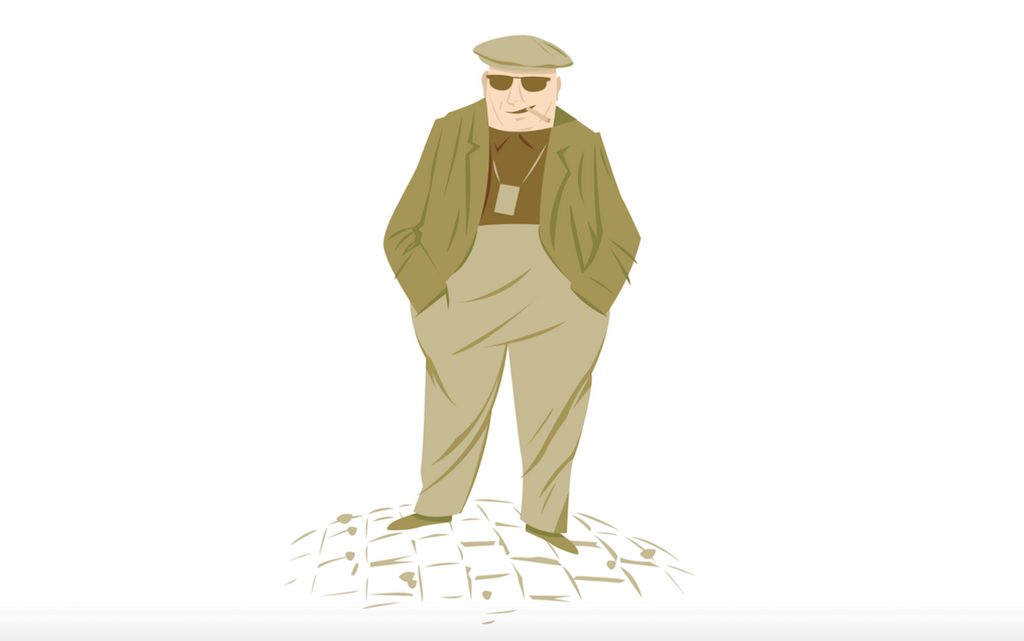When the men’s and women’s pelotons roll respectively out of Bruges and Oudenaarde on April 2, bound for hundreds of kilometres of tortuous twists, turns and narrow cobbled climbs, it will be the 107th and 20th editions of the Tour of Flanders, arguably the finest of the Classics.
The route may change slightly each year, but the hellingen that pack the region and define the race are a given, guaranteed to produce worthy winners of a true Monument. In the Ronde, only the strong survive.
From Issue 61 of Rouleur magazine, first published in 2016, Paul Maunder delves into eight memorable episodes in the past of Flanders’ Finest.
Father’s Finest
The first Tour of Flanders, in May 1913, was both a marketing stunt and a piece of political agitprop. The preceding summer, a young sports journalist named Karel Van Wijnendaele had been asked if he would like to work on a new newspaper, Sportwereld. Van Wijnendaele, a former racer and fanatical cycling fan, agreed.
Another founding member of Sportwereld, Leon Van den Haute, was already developing plans for a bike race based in Flanders. Van den Haute was a businessman and organiser, and had been involved in other bike races in the area. The Tour of Flanders became an all-consuming passion for him, and in the months running up to the inaugural race he was completely dedicated to it. He designed the course, checked the condition of the roads, put out route markers and secured prizes.
If Van den Haute was the real organiser of the race, Van Wijnendaele was the marketing man. His vision was to create a vehicle to promote not only his newspaper, but also cycling and the Dutch language. Since the establishment of modern Belgium in 1830, Flemish culture and language had been suffocated by the French-speaking Walloons. There was nationalist resistance, much of it focused on works of literature such as Hendrik Conscience’s De Leeuw van Vlaanderen (The Lion of Flanders). Correspondingly, Flemish nationalism adopted the Lion as its emblem.
Van Wijnendaele wanted to emancipate the Flemish community by providing it with its own sporting heroes. The vision of a Flandrian war hero portrayed by Conscience was of a hard-working man: tough, with immense willpower, humble, proud of his family and community. Van Wijnendaele saw the opportunity to translate this vision into a generation of cycling heroes.
While Van den Haute designed the course, its outline was agreed by the whole editorial team at Sportwereld….

